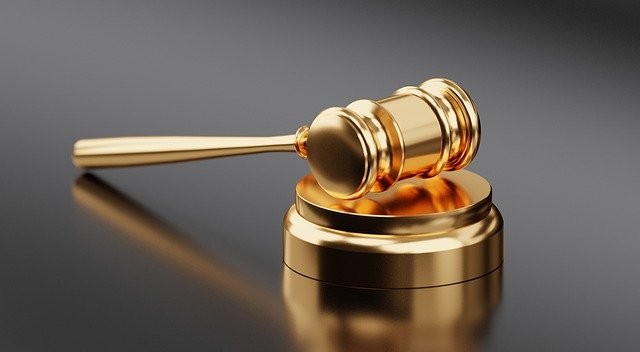Addition towards Bogus purchases restricted to the extent of 6% on such bogus purchases – ITAT Surat

|
Case Details: |
ITO vs. Deepak Banwarilal Agarwal |
|
Appeal No.: |
ITA No. 284, 285 & 279/SRT/2019 |
|
Order pronounced by: |
ITAT Surat |
|
Date of Order: |
28-01-2022 |
|
Assessment Year |
2008-09 & 2013-14 |
Brief Facts:
|
The assessee is engaged in the business of trading in diamonds who declared income for A.Y. 2008-09 of Rs. 6,10,770/- on a turnover of Rs. 186.96 crores. His case was reopened on the basis of a search and seizure operation against P.K. Jain Group who was indulged in providing accommodation entries in the form of bogus bills for sales & purchases of diamonds without delivery of actual goods. The assessee was one of the beneficiaries having done transactions of purchases of Rs. 3.40 crores with P.K. Jain Group. |
|
During reassessment, the assessee stated that the entire sales and purchases are genuine and can be verified with the documentary evidence in the form of stock register and that payments are made through account payee cheques. However, the A.O. rejected the contention of the assessee and rejected the books of accounts of the assessee. Accordingly, the A.O. made an addition of 100% purchases shown from P.K. Jain Group. |
|
In an appeal before the CIT(A), the Ld. CIT(A) after considering and referring various decisions of Jurisdictional High Court and Tribunal, including the decision of Hon’ble jurisdictional High Court in the case of M/s Mayank Diamond Pvt. Ltd. reported in 2014 (11) TMI 812 (Guj) TA No. 200 of 2003 dated 07.11.2014, in Bholanath Polyfab Pvt. Ltd. in ITA No. 137/AHD/2009 dated 26.07.2011, and various decisions of benches of Tribunal where the additions on similar transactions were restricted the disallowance to the extent of 5% of purchases, the Ld. CIT(A) restricted the disallowance in the instant case to the extent of 5% i.e. profit element of profit embedded in such type of transactions. Aggrieved by the decisions, the Revenue filed an appeal before the Tribunal and also cross-appeal by the assessee for disallowance of 5% of the quantum of bogus purchases. |
Submission by assessee:
- The Ld. AR submits that all the purchases shown by the assessee are genuine. The assessee is maintaining complete records of sales and purchases. The A.O. has not given any finding on evidences furnished by the assessee. The assessee furnished the details of evidence consisting of addresses, PAN, CIN master data, certificate of incorporation, confirmation from suppliers, purchase bills, and ITR acknowledgments of suppliers from whom the alleged purchases were made.
- Further, the sale of the assessee was not disputed by the A.O. which itself is not possible in the absence of purchases. The Ld. AR submitted on the basis of various study reports that net profit in diamond trade is around 2.5% on average (2% in trading & 3% in manufacturing). Therefore, in the case of the assessee indulged in trading of diamonds, the profit element embedded in disputed purchases should not exceed disallowance @ 2%.
Observations of the Tribunal:
- While making 100% disallowances, the A.O. solely relied upon the report of the investigation wing. No independent investigation was carried out by the A.O. No specific findings were given on the documentary evidence filed by the assessee. The sale of the assessee was not disputed by the A.O.
- As recorded, the Ld. CIT(A) restricted the disallowances to the extent of 5% of the disputed purchase on the basis of theory evolved in the various decisions that disallowance may be restricted to the extent of profit embedded in such purchases.
- The A.O. made the addition of 100% of the disputed purchases. In our view, the A.O. is not justified in disallowing the 100% of purchases in absence of proper investigation of such purchases. No doubt the disallowance made by the Ld. CIT(A) is also on an estimated basis. It is also evident that the assessee has shown extremely lower profits of Rs. 6,10,770 on a turnover of Rs. 186.96 crores.
Ruling:
Therefore, considering the overall facts and circumstances of the case, we are of the view that the disallowance restricted by the Ld. CIT(A) is on the lower side. Hence, we modify the order of the Ld. CIT(A) and restrict the addition of the disputed purchases to the extent of 6% instead of 5% and direct the A.O. to re-compute the disallowances accordingly.
Read complete judgement: ITO vs. Deepak Banwarilal Agarwal
Disclaimer: The above article is based on the ruling of the ITAT Surat and is meant for informational purposes only. Readers are requested to act diligently and under consultation with any professional before applying the information contained in this article.



